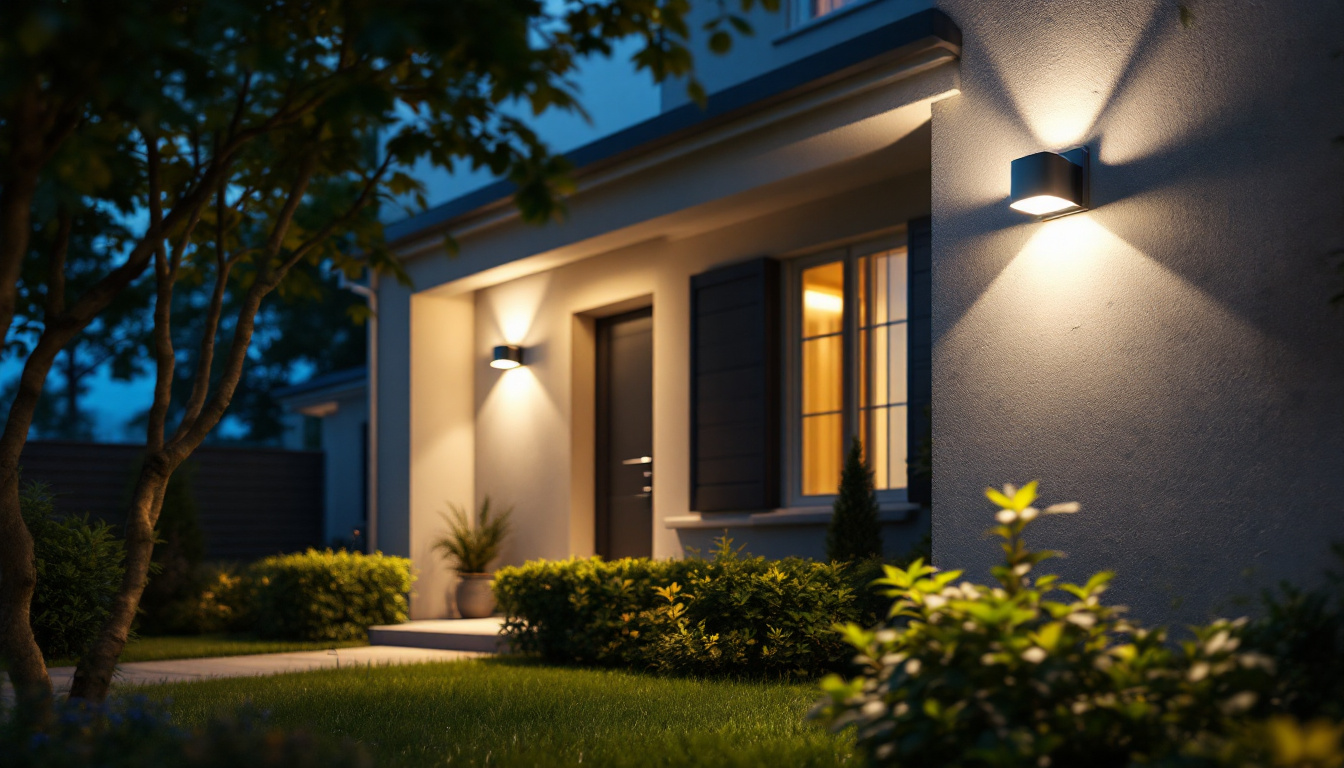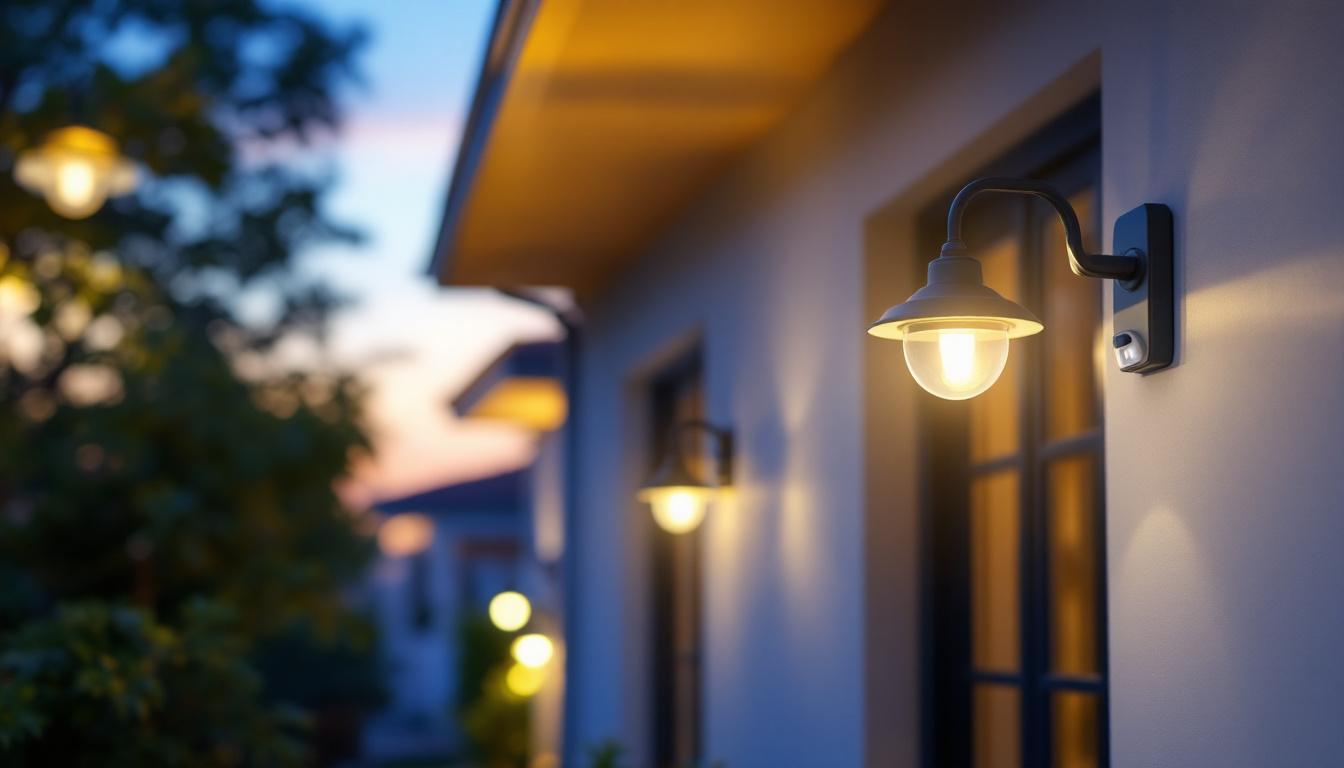
In the ever-evolving world of lighting technology, LED lights have emerged as a revolutionary force, transforming the way we illuminate our spaces. For lighting contractors, understanding the significance of LED technology is crucial for staying competitive in the industry. This article delves into the myriad benefits of LED lights, their impact on energy efficiency, longevity, and versatility, and how they are reshaping the landscape of lighting design.
Light Emitting Diodes (LEDs) are semiconductor devices that emit light when an electric current passes through them. Unlike traditional incandescent or fluorescent bulbs, which rely on heating a filament or gas to produce light, LEDs convert electricity directly into light. This fundamental difference in technology is what sets LEDs apart and contributes to their growing popularity. The compact size of LEDs also allows for innovative designs and applications, enabling them to be integrated into a wide array of products, from simple indicator lights to complex lighting systems in architectural designs.
LEDs have gained traction due to their ability to produce bright light while consuming significantly less energy. This efficiency not only reduces electricity bills but also lessens the environmental impact associated with energy production. As awareness of sustainability increases, the demand for energy-efficient lighting solutions continues to rise. Furthermore, the versatility of LEDs allows them to be used in various color temperatures and brightness levels, catering to different settings and preferences, whether in homes, offices, or outdoor spaces.
One of the primary advantages of LED lights is their impressive energy efficiency. LEDs use up to 80% less energy than traditional incandescent bulbs, making them an attractive option for both residential and commercial applications. This efficiency translates into lower operating costs, which is a significant selling point for contractors looking to provide value to their clients. Additionally, the ability to dim LED lights without losing efficiency adds to their appeal, allowing users to customize their lighting experience based on mood and activity.
Another notable benefit is the longevity of LED lights. While traditional bulbs may last for a few thousand hours, LEDs can last upwards of 25,000 hours or more. This extended lifespan reduces the frequency of replacements, saving both time and money for contractors and their clients. Moreover, fewer replacements mean less waste, aligning with the growing emphasis on sustainability. The durability of LEDs also means they are less prone to breakage compared to fragile incandescent bulbs, making them ideal for high-traffic areas or outdoor installations where resilience is crucial. As technology advances, the integration of smart features into LED lighting systems is becoming increasingly common, allowing for enhanced control and automation, further solidifying their place in modern lighting solutions.
Energy efficiency is one of the most compelling reasons to switch to LED lighting. With rising energy costs, both residential and commercial clients are keen on solutions that help reduce their electricity bills. LEDs consume significantly less power, which can lead to substantial savings over time. For contractors, this presents an opportunity to offer clients a solution that not only meets their lighting needs but also contributes to their bottom line.
In addition to lower energy consumption, many regions offer incentives for using energy-efficient lighting solutions, including rebates and tax credits. Contractors can leverage these incentives to further entice clients, demonstrating the financial benefits of transitioning to LED technology.
While the initial cost of LED lights may be higher than traditional lighting options, the long-term financial benefits far outweigh this upfront investment. The combination of reduced energy consumption and extended lifespan leads to lower replacement and maintenance costs. For contractors, this means fewer callbacks and a more satisfied client base.
Furthermore, as energy efficiency becomes a standard expectation in both residential and commercial projects, contractors who embrace LED technology position themselves as forward-thinking professionals. This can enhance their reputation and attract more clients who prioritize sustainability and cost-effectiveness.
LED lights are incredibly versatile, making them suitable for a wide range of applications. From residential homes to commercial spaces, and even outdoor environments, LEDs can be tailored to meet specific lighting needs. Contractors can take advantage of this versatility by offering customized solutions that cater to the unique requirements of each project.
In residential settings, LEDs can be used in various forms, including recessed lighting, pendant fixtures, and even decorative accents. In commercial spaces, they can illuminate everything from retail displays to office environments, enhancing both aesthetics and functionality. The ability to adapt to different spaces allows contractors to showcase their creativity and expertise.
The advent of LED technology has also paved the way for innovative lighting solutions, such as smart lighting systems. These systems allow users to control their lighting remotely, adjust brightness levels, and even change colors to create different moods. For contractors, incorporating smart LED solutions into their offerings can set them apart from competitors and appeal to tech-savvy clients.
Additionally, the compact size of LED fixtures enables unique design possibilities. Contractors can explore creative installations that were previously impractical with traditional lighting options. This opens up new avenues for artistic expression in lighting design, allowing for more engaging and dynamic environments.
The environmental benefits of LED lighting are significant. By consuming less energy, LEDs contribute to a reduction in greenhouse gas emissions associated with electricity generation. For contractors, promoting LED solutions aligns with the growing emphasis on sustainability and environmental responsibility in the construction and design industries.
Moreover, LEDs do not contain hazardous materials like mercury, which is commonly found in fluorescent bulbs. This makes them safer for disposal and reduces the environmental risks associated with lighting waste. Contractors can highlight these eco-friendly aspects to clients who are increasingly concerned about their environmental impact.
As awareness of climate change and environmental issues continues to rise, many clients are actively seeking ways to incorporate sustainable practices into their projects. By advocating for LED lighting solutions, contractors can position themselves as leaders in sustainability, attracting clients who prioritize eco-friendly options.
Furthermore, the shift towards LED lighting aligns with global initiatives aimed at reducing energy consumption and promoting sustainable development. Contractors who embrace this trend not only contribute to a healthier planet but also enhance their marketability in an increasingly eco-conscious industry.
Despite the numerous advantages of LED lights, some contractors may face challenges in convincing clients to make the switch. The initial investment required for LED technology can be a barrier, particularly for clients who are accustomed to traditional lighting solutions. It is essential for contractors to effectively communicate the long-term savings and benefits associated with LEDs to overcome this hurdle.
Additionally, some clients may have misconceptions about the quality of LED lighting, believing that it produces harsh or unflattering light. Contractors can address these concerns by showcasing the advancements in LED technology that have led to improved color rendering and a wider range of options for different lighting needs.
As the lighting industry continues to evolve, it is crucial for contractors to stay informed about the latest developments in LED technology. This includes understanding new products, installation techniques, and energy efficiency standards. Continuous education and training can empower contractors to make informed recommendations to clients and position themselves as trusted experts in the field.
Moreover, networking with other professionals in the industry can provide valuable insights into emerging trends and best practices. By staying connected, contractors can adapt to changes in the market and remain competitive in a rapidly evolving landscape.
The future of LED lighting is bright, with ongoing innovations expected to further enhance their capabilities. Advancements in smart technology, such as integration with home automation systems and the Internet of Things (IoT), will continue to drive the adoption of LED lighting solutions. Contractors who embrace these trends will be well-positioned to meet the evolving needs of their clients.
Additionally, the development of more energy-efficient LEDs and improved manufacturing processes will likely lead to even lower costs and enhanced performance. As technology continues to advance, contractors can expect a wider range of options that cater to diverse lighting applications.
As sustainability becomes a standard expectation in the construction and design industries, LED lighting will play a pivotal role in shaping the future of lighting solutions. Contractors who prioritize eco-friendly practices and promote energy-efficient technologies will not only meet client demands but also contribute to a more sustainable future.
By integrating LED lighting into their projects, contractors can demonstrate their commitment to environmental responsibility while providing clients with innovative and cost-effective solutions. This alignment with sustainability will enhance their reputation and position them as leaders in the industry.
LED lights have undeniably transformed the lighting industry, offering a wealth of benefits that extend beyond mere illumination. For lighting contractors, understanding the advantages of LED technology is essential for staying competitive and meeting the evolving needs of clients. From energy efficiency and cost savings to versatility and environmental impact, LEDs represent a game-changing solution that is reshaping the landscape of lighting design.
As the industry continues to evolve, embracing LED technology will not only enhance the services contractors provide but also contribute to a more sustainable future. By staying informed, adapting to emerging trends, and promoting the benefits of LED lighting, contractors can position themselves as trusted experts in the field and drive the transition towards a brighter, more efficient tomorrow.
Ready to harness the game-changing power of LED lighting for your next project? Look no further than LumenWholesale, where we provide contractors with the highest quality, spec-grade lighting products at unbeatable wholesale prices. Say goodbye to inflated markups and hello to a vast selection of reliable, high-performance lighting that meets the most rigorous industry standards. With the added convenience of free shipping on bulk orders, LumenWholesale is your go-to source for premium lighting solutions that promise quality, affordability, and convenience. Elevate your lighting game and explore our collection for the best value in wholesale lighting today.

Discover the fascinating history of light bulb invention and learn how this knowledge can give you a competitive edge in securing more lighting contracts.

Discover essential insights from lighting contractors on choosing and installing 4-foot LED lights.

Discover how LED outdoor security light bulbs are transforming projects for lighting contractors with real-world success stories.

Discover the top photocell sensors for outdoor lighting and delve into the science that makes them essential for lighting contractors.